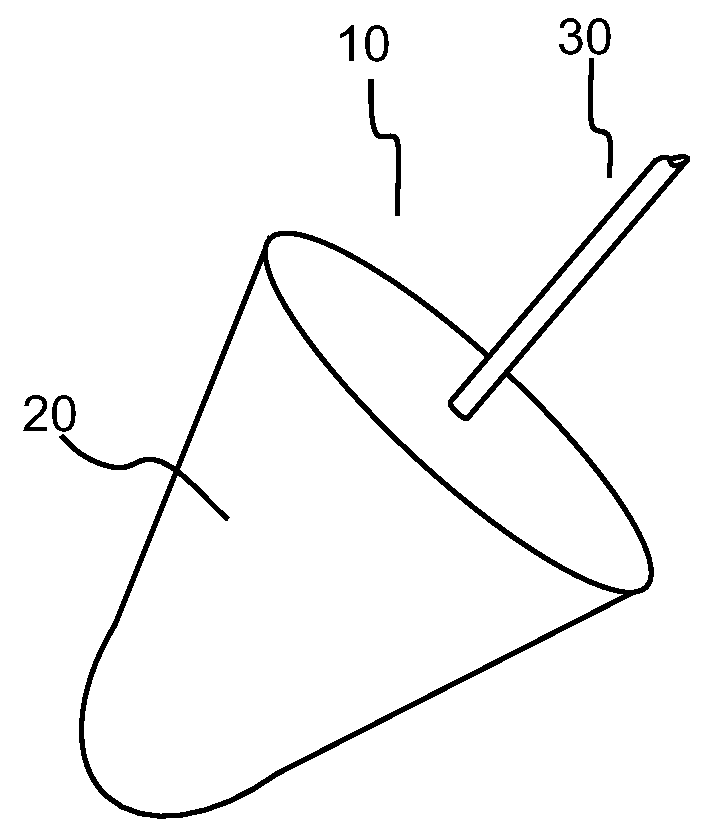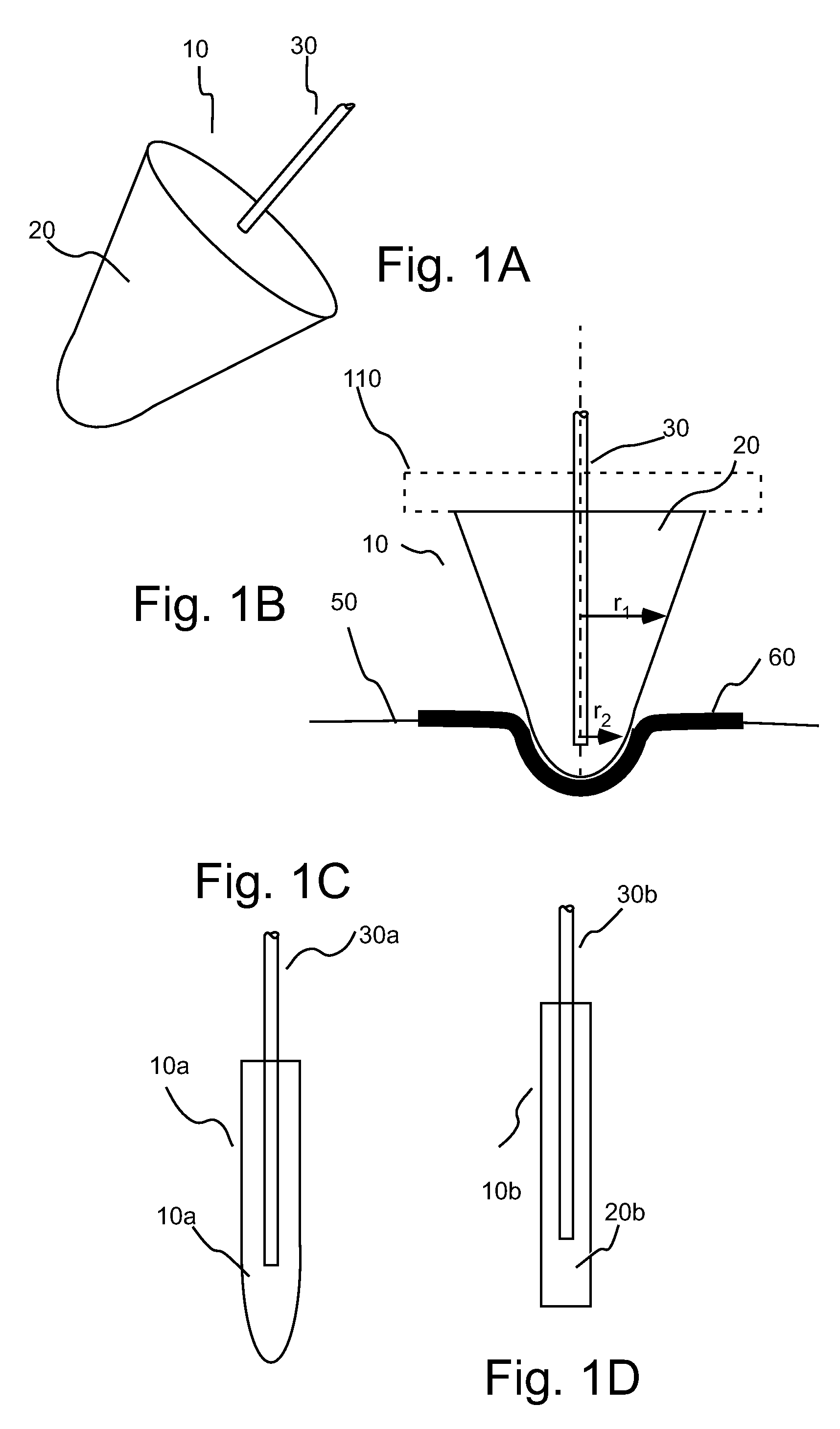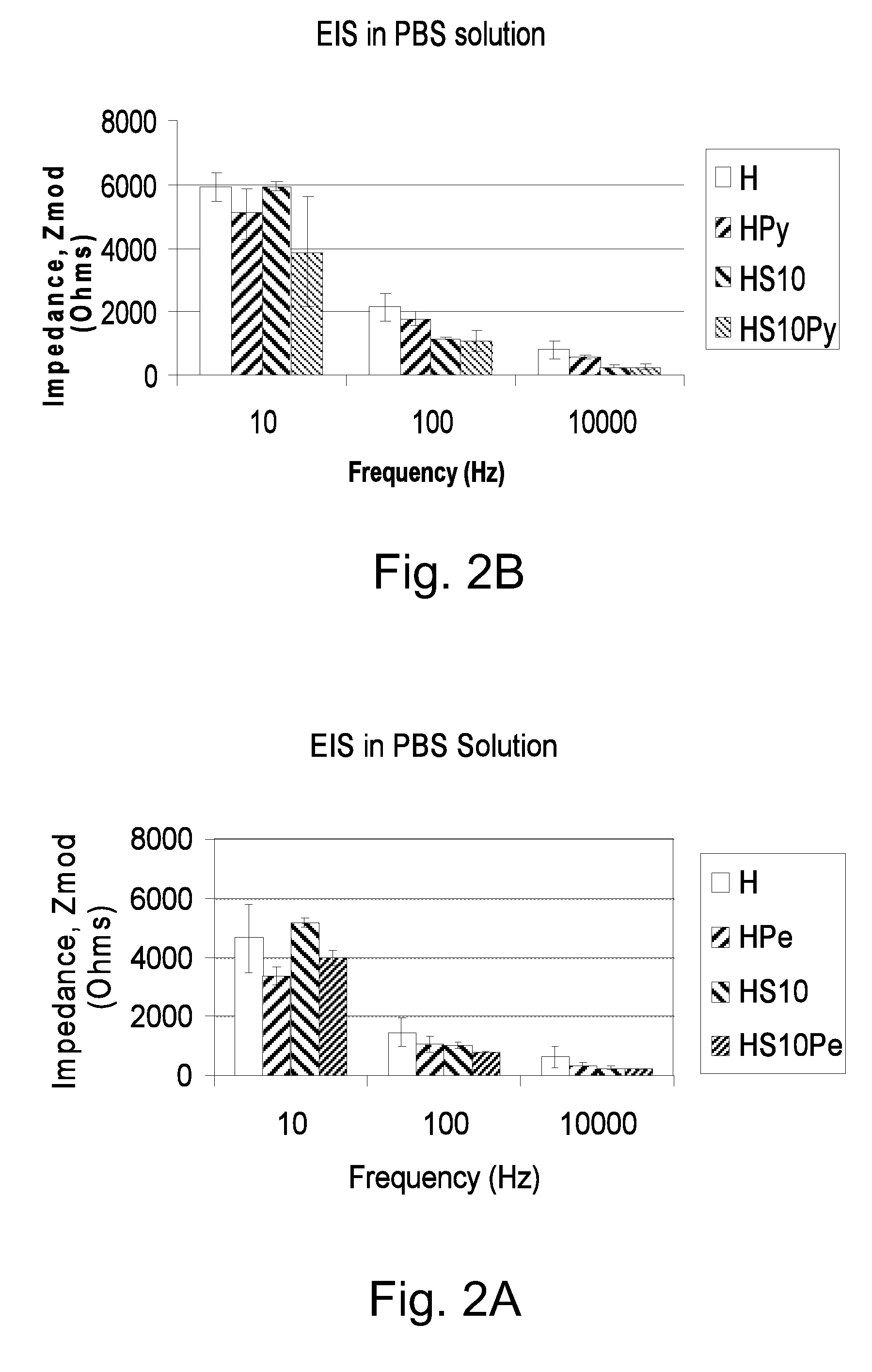Electrode systems, devices and methods
a technology of electrodes and electrodes, applied in the field of electrode systems, devices and methods, can solve the problems of increasing medical care expenses, high labor costs, and time-consuming manual application of surface electrodes
- Summary
- Abstract
- Description
- Claims
- Application Information
AI Technical Summary
Benefits of technology
Problems solved by technology
Method used
Image
Examples
Embodiment Construction
[0094]The present invention is discussed below in connection with representative examples of surface electrodes for contact with skin / tissue to measure biopotentials or biocurrents. However, one skilled in the art appreciates that the electrodes of the present invention can be used in a variety of manners (particularly were substantial electrode hydration is desirable). Moreover, one skilled in the art appreciates that electrodes of the present invention can also be used to apply a potential or current.
[0095]In several embodiments, the present invention provides surface electrodes such as skin surface electrode systems for measuring biopotential such as in EEG, ECG etc. In a number of embodiments, tissue contact portions, sections or elements of electrode systems of the present invention exhibit smaller specific impedance than electrodes currently used in, for example, EEG and ECG. As used herein, the terms “tissue contact element” or “skin contact element” refer to that portion of ...
PUM
 Login to View More
Login to View More Abstract
Description
Claims
Application Information
 Login to View More
Login to View More - R&D
- Intellectual Property
- Life Sciences
- Materials
- Tech Scout
- Unparalleled Data Quality
- Higher Quality Content
- 60% Fewer Hallucinations
Browse by: Latest US Patents, China's latest patents, Technical Efficacy Thesaurus, Application Domain, Technology Topic, Popular Technical Reports.
© 2025 PatSnap. All rights reserved.Legal|Privacy policy|Modern Slavery Act Transparency Statement|Sitemap|About US| Contact US: help@patsnap.com



